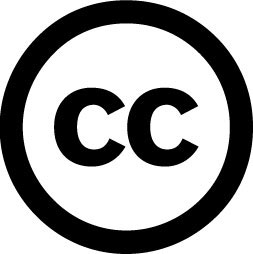6.1 Market Opportunity Statement
The term “Open Source” was originally applied to software development processes where the computer code isn’t kept secret – it is shared freely on the web for use and improvement by anyone. From a business perspective the classic open source battleground is Windows vs Linux. Windows is the traditional business model: an operating system developed and marketed by Microsoft where their code is absolutely proprietary and you have to pay to own a copy. Linux, on the other hand, is an equivalent and freely available operating system developed and maintained by thousands of volunteer developers around the world, all of whom contribute purely for the glory of making a contribution. Linux has definitely won in many market segments, but Microsoft still holds ground in others. The simplest description of the current status is that open source software is preferred in environments where there is good technical support (it’s free, but it needs looking after).
Beyond software, and thanks again to the Internet, the open source philosophy is being applied broadly to information resources of all kinds. For example, Wikipedia is a knowledge resource built on the same basic principles as open source software. More broadly, entrenched concepts of “copyright” are being challenged by “creative commons” approaches to the creation and distribution of content. We don’t have to look beyond the music industry to observe the business impact of the “sharing” philosophy, even when – in this case – the sharing is illegal.
With respect to learning, ETEC 522 itself is a good example of open source infiltration. For the first 4 years we offered the course, the base technology platform was WebCT (a vendor system). In 2007, we combined both WebCT and CrowdTrust (a platform that more easily allowed the creation of resources open to the Internet, and fully owned by the individual students in the course. And now, in 2009, we’ve migrated out of WebCT entirely into WordPress Multiuser, an open source platform that is fully open, yet customized for our particular UBC and MET course context. Many of the emerging market teams will likely apply other open source tools. From a content perspective, whereas UBC has copyright over these basic course materials, you own any content you create in CrowdTrust, and if you share it then it is part of an open commons. Overall, there is every opportunity for a teacher, learning institution, or learner in the modern age, with a little technical savvy, to integrate their entire learning experience from available open source technologies and sources.
So how can open source integration ventures be viable when everything is free? Here’s one example. Publishers have controlled (and still control) the primary discretionary budgets of every school system in the world because they control a distribution channel based on a business model of warehoused books. The Internet is an entirely distinct distribution channel that can’t be controlled by a publisher. There are clearly opportunities for new business models, some based on services and systems to deliver open source learning content, to compete successfully with traditional publishers.

